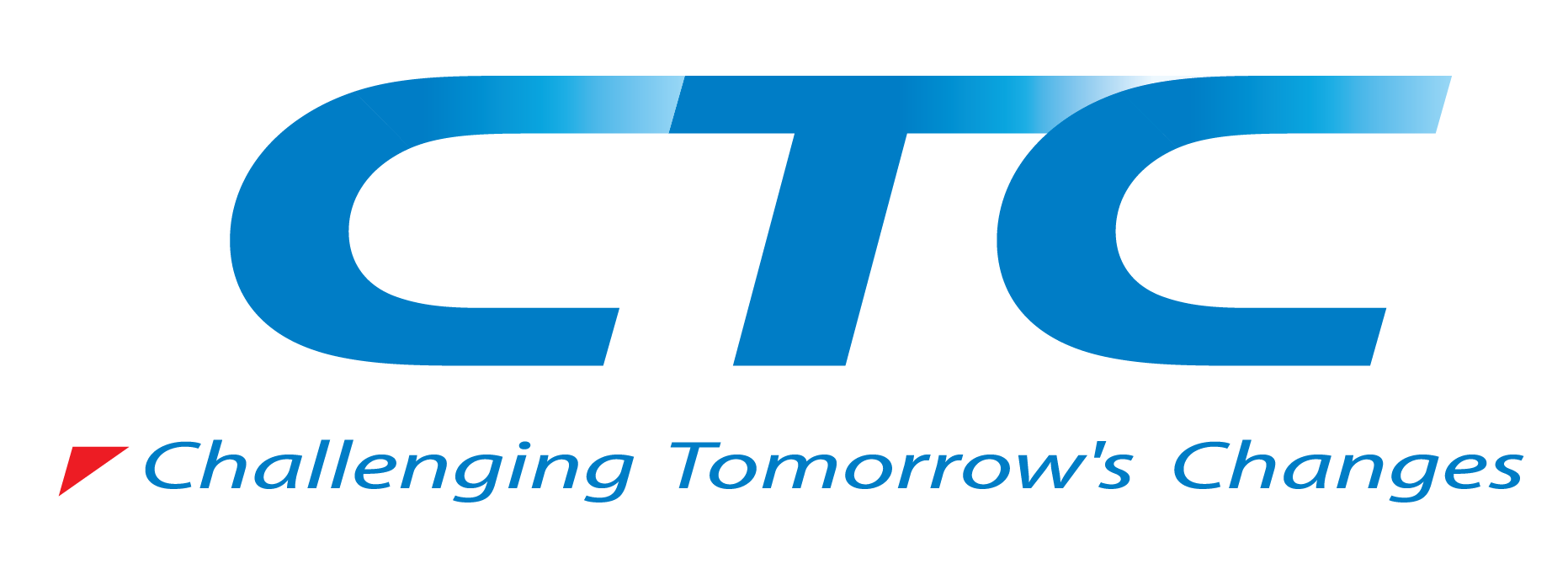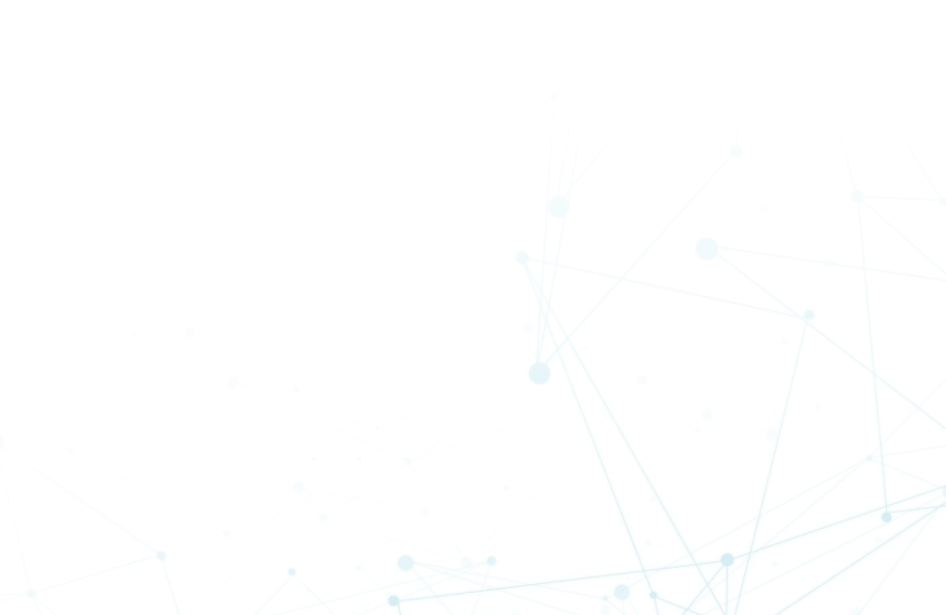“As we move into a world of hybrid work,” said Todd Nightingale, Cisco’s executive vice president and GM of enterprise networking and cloud, “employee and customer experiences will be increasingly dependent on secure, reliable connections from anywhere. We can’t pretend that a fast agile network is a nice-to-have. It is essential to achieve a strategic and competitive advantage.”
Speaking at a webinar for global analysts, customers, and media representatives — titled The Network: Powering Hybrid Work — Nightingale shared in-depth insights on how this transition is happening, where it is going, and how Cisco can give organizations an edge.
As Nightingale and other Cisco experts stressed, that demands a flawless experience on the enterprise campus, at home, or anywhere in between. Because work is no longer where you go, it’s what you do. And organizations that invest in hybrid work and the agile, secure, future-proof networks to support it, will win.
Bonita Hyman, a Cisco customer and director of enterprise services at Norfolk Southern Railroad, said it best. The railroad covers 19,000 miles of track across 22 U.S. states, and it’s committed to creating the most forward-looking hybrid work experience for its workers, whether on-campus or remote.
“The experiences we are trying to create are nothing without the infrastructure to support them,” she said at the webinar. “So, we certainly need a very sound networking infrastructure to support a lot of the initiatives that we have implemented and will potentially implement in the future to support our workforce.”
The webinar highlighted some new Cisco innovations that promise to catapult organizations into this next paradigm of work. These include the industry’s first high-end WiFi 6E access points; an as-a-service private 5G offer; and a refresh of Cisco’s Catalyst 9000 series switches, some of which include Cisco’s groundbreaking Silicon One chip for great improvements in speed, bandwidth, and energy savings.
The future of work is wireless
Chris Stori, Cisco’s SVP and general manager for networking experiences, explained the significance of Wi-Fi 6E for a hybrid work future that will include rich, immersive video and swarms of IoT devices to power and constantly monitor the smart enterprise campus.
“With Wi-Fi 6E,” Stori said, “we exceed gigabit speeds for achieving wired-like experiences to support mission-critical applications. I’m incredibly excited to announce the industry’s first, truly high-end WiFi 6E access points, the Catalyst 9136 and the Meraki MR57. These access points are designed to power smarter workplaces and provide the ultimate in flexibility to support IOT devices.”
That flexibility includes the capacity for organizations to grow with the future demands of the enterprise campus.
“These are perfectly suited and built to support low-latency, high-bandwidth applications, such as augmented and virtual reality and streaming video,” Stori continued. “The access points provide the high performance and security needed to power an unparalleled hybrid work experience supported by the DNA Center platform and Meraki Dashboard.”
At the same time, Cisco’s 5G offering expands the possibilities for the wireless future, giving enterprises the choice of which solution suits their needs best, along with the fastest, simplest ways to deploy either.
“Cisco is offering a private 5G solution through our communication service providers and select system integrator partners,” Stori said. “It offers secure IOT device onboarding, 5G and industrial IOT network management, and seamless integration with Cisco’s identity and policy system … while avoiding the expensive and time-consuming startup costs of solution development.”
A switch for the mobile, hybrid-work future
The greater demands of these access points and mobility solutions will put increased pressure on network switching, which is where the Catalyst 9000 X series comes in.
“The new high-performance catalyst 9300 X not only doubles the bandwidth,” Stori explained, “but also offers twice the upgrade capacity, twice the stacking performance, and has the highest 90-watt port density.”
Cisco’s groundbreaking Silicon One chip, previously available only in mass-scale hardware, drives even greater performance and energy savings.
“The 9500X and 9600X switches are the first campus switches to make the transition to Cisco’s Silicon One,” Stori announced. “Thanks to Silicon One, these switches bring the advantages of both routing and switching together in one unified architecture. For the enterprise, that drives unprecedented performance, with four times lower power consumption and future-proof programmability.”
That future-proof performance includes the capacity to handle 80,000 high-definition video streams simultaneously, or as Stori compared, five times the number of titles in the entire Netflix library.
It’s all about the experience
But how does it all come together? To further expand on what’s to come, Greg Dorai, Cisco’s VP for secure-access product portfolio, demonstrated the kinds of seamless campus experiences that can result from the convergence of these technologies.
“Our customers are on a journey to transform their workplaces,” he stressed, “to meet the needs of a more flexible, distributed workforce. They’re rethinking their workspaces to be safer, smarter, and more productive environments for everyone.”
Dorai’s demonstration showed how rich data from sources like Webex, IoT devices, and Meraki cameras can be aggregated on a platform like Cisco DNA Spaces to provide detailed real-time insights — about room occupancy, environmental qualities, safety, etc. Not to mention helping employees with parking or navigating a workspace.
All of this is accomplished while simplifying, automating, and enhancing security — for end users and IT alike, including with trusted access solutions.
“What if an endpoint is compromised?” Dorai asked. “AI Trust Analytics is Cisco’s best-of-breed solution for managed and unmanaged endpoints. It provides endpoint visibility and analytics with continuous trust assessments of traffic. Endpoints that are exhibiting unusual behavior, such as pretending to be a trusted endpoint by using spoofing or man-in-the-middle attacks, can be disconnected automatically.”
In discussing the explosive trends in network video and other demands, Nightingale emphasized the pressures on IT teams to ensure these great experiences, along with security and efficiency. However, AI and machine learning in Cisco products are automating many of their biggest challenges.
“IT groups are focused on network assurance and reliability,” he explained, “and they realize that this means monitoring beyond just their local network and into the public cloud and SaaS clouds. And they’re focused on user experience, which is so important. These same IT teams need to transform from simply running networks to supporting business objectives. They need simplicity, automation and operational efficiency.”
This theme of “radical simplicity” extended to all the new offerings from Cisco. And the benefits will span all industries.
“I’m not here to tell you that Cisco will build the next great retail application or hospitality application or healthcare application,” Nightingale concluded. “But I will tell you that those applications will be built on and depend on the most powerful, the most mission-critical networks in the world. They will be powered by Cisco’s networks. And I’m so excited about all the innovation that we’re rolling out today and what comes next.”




